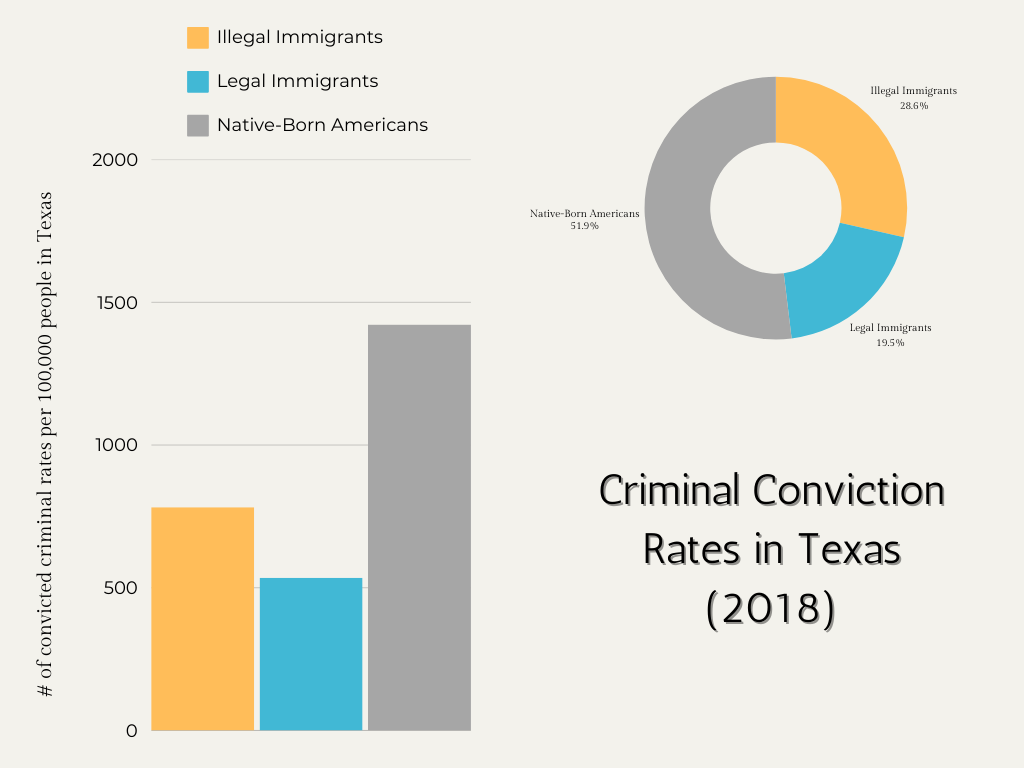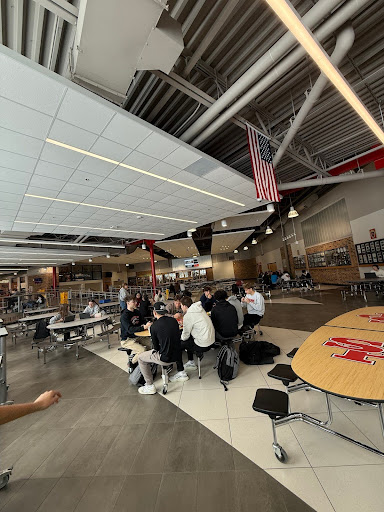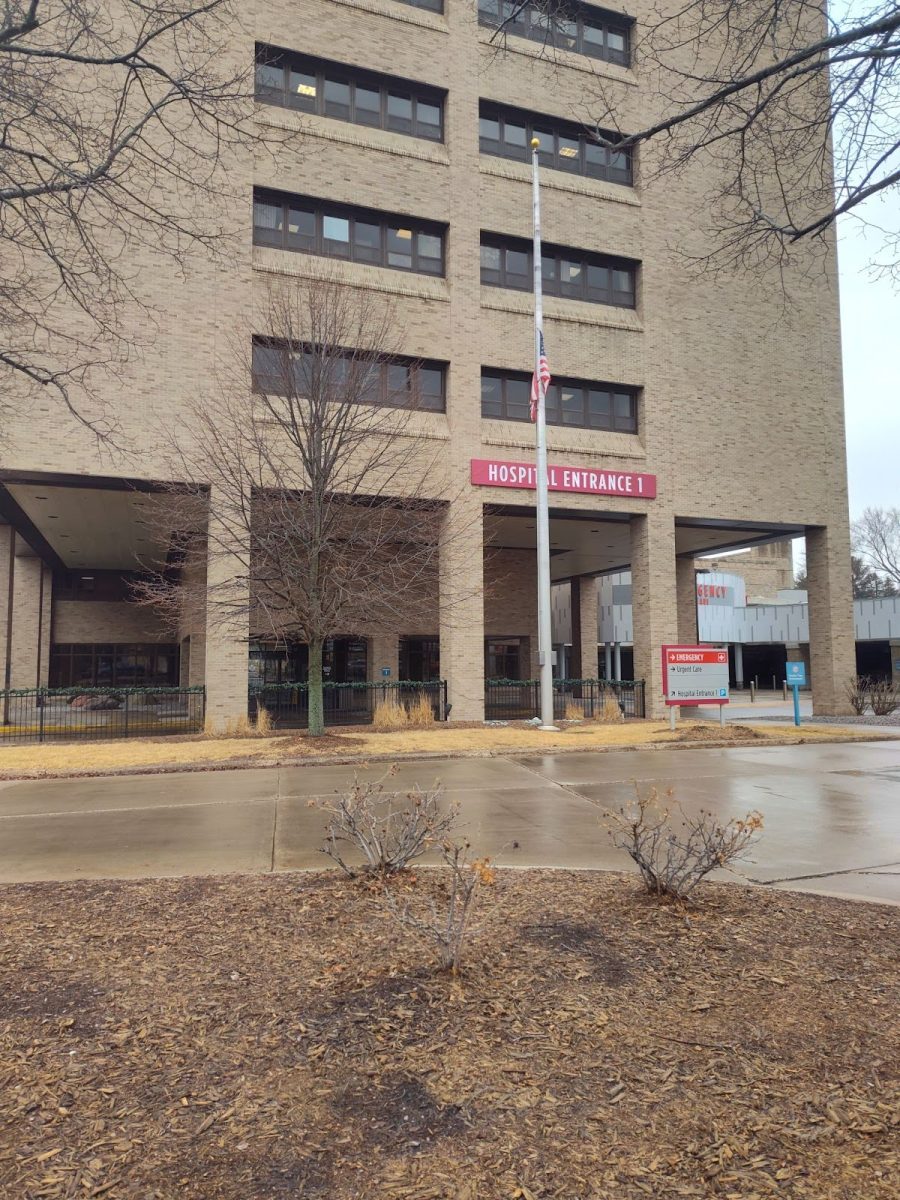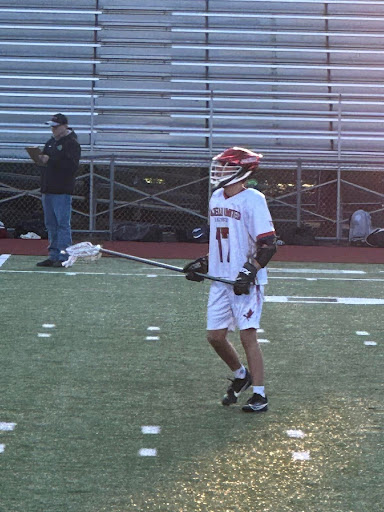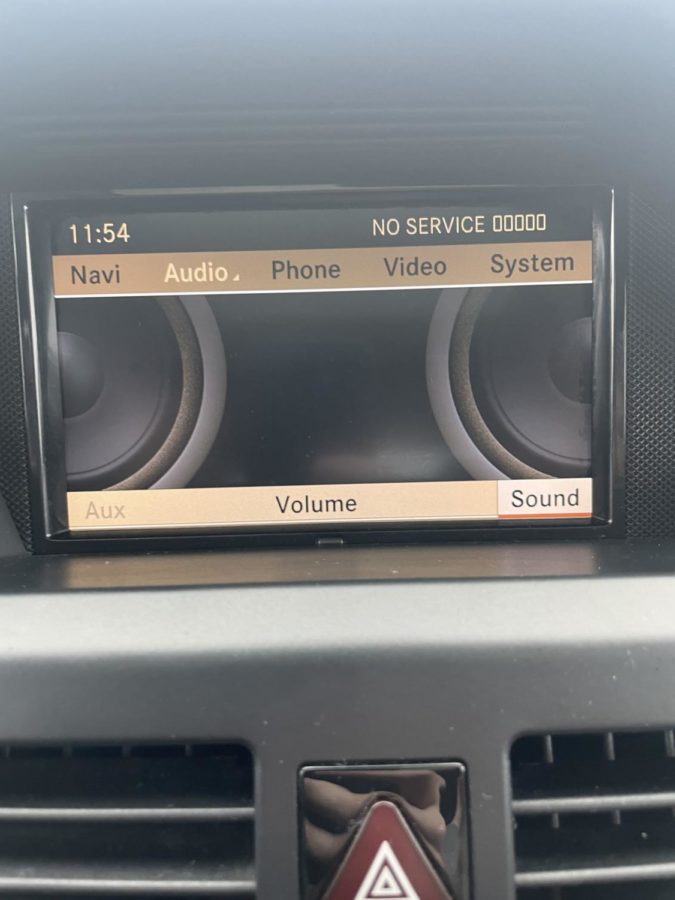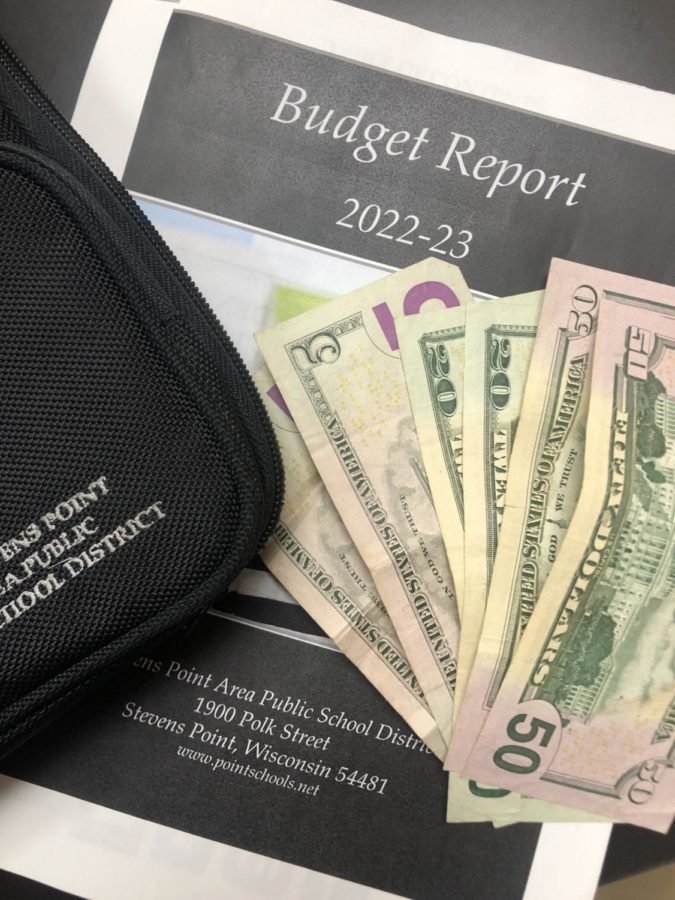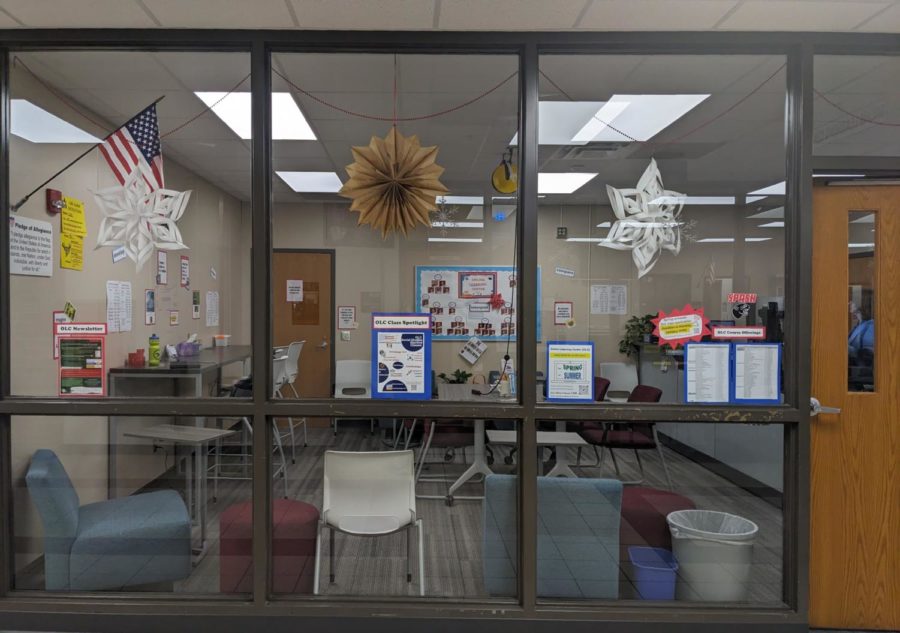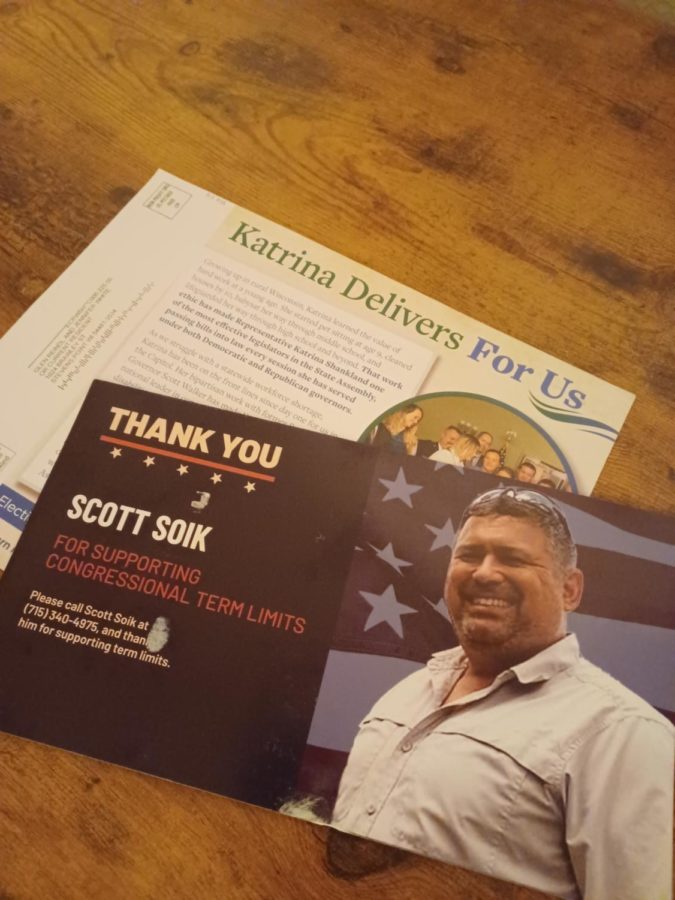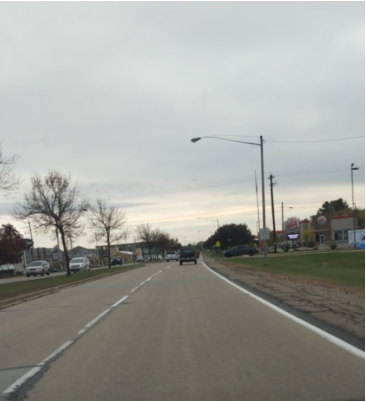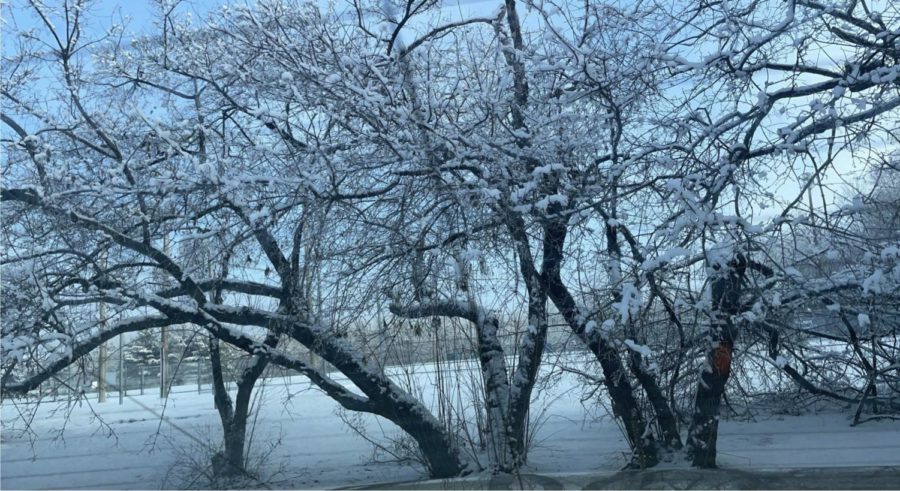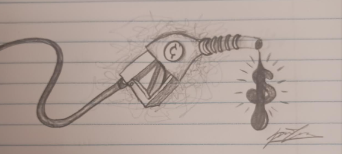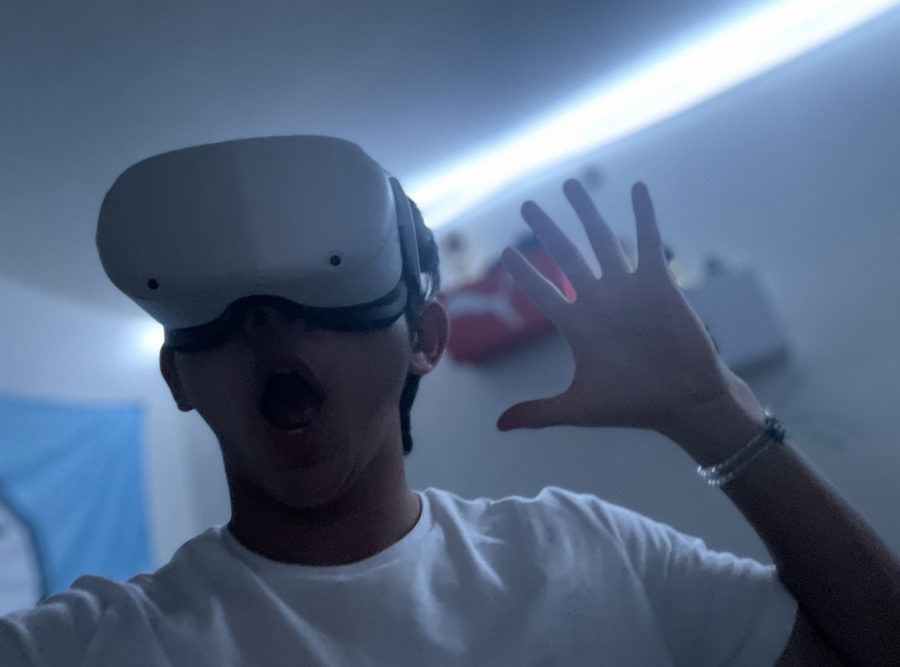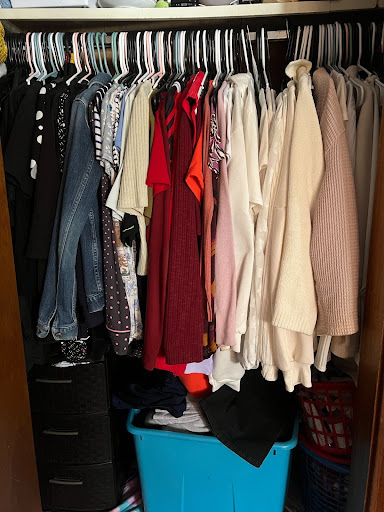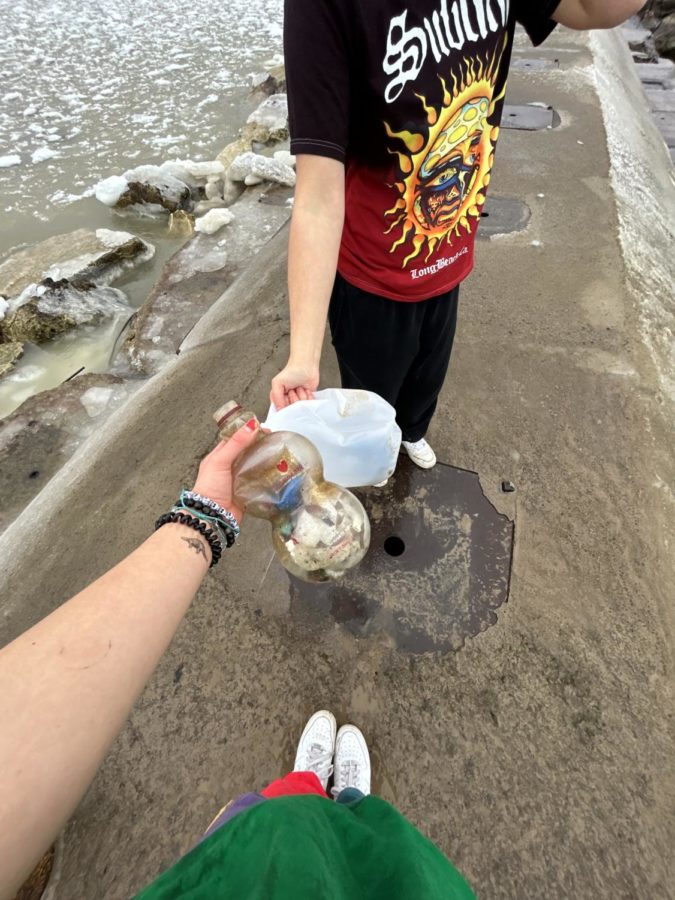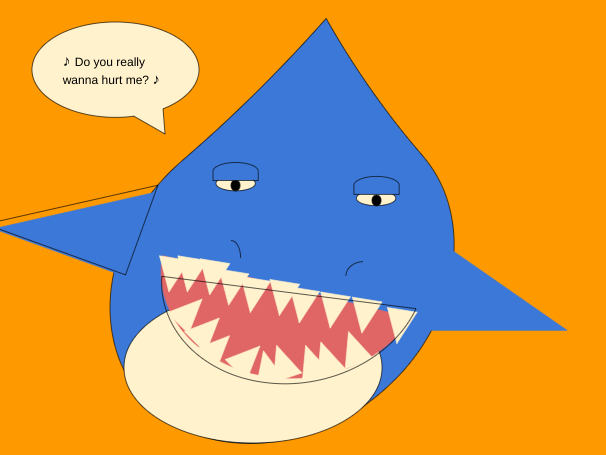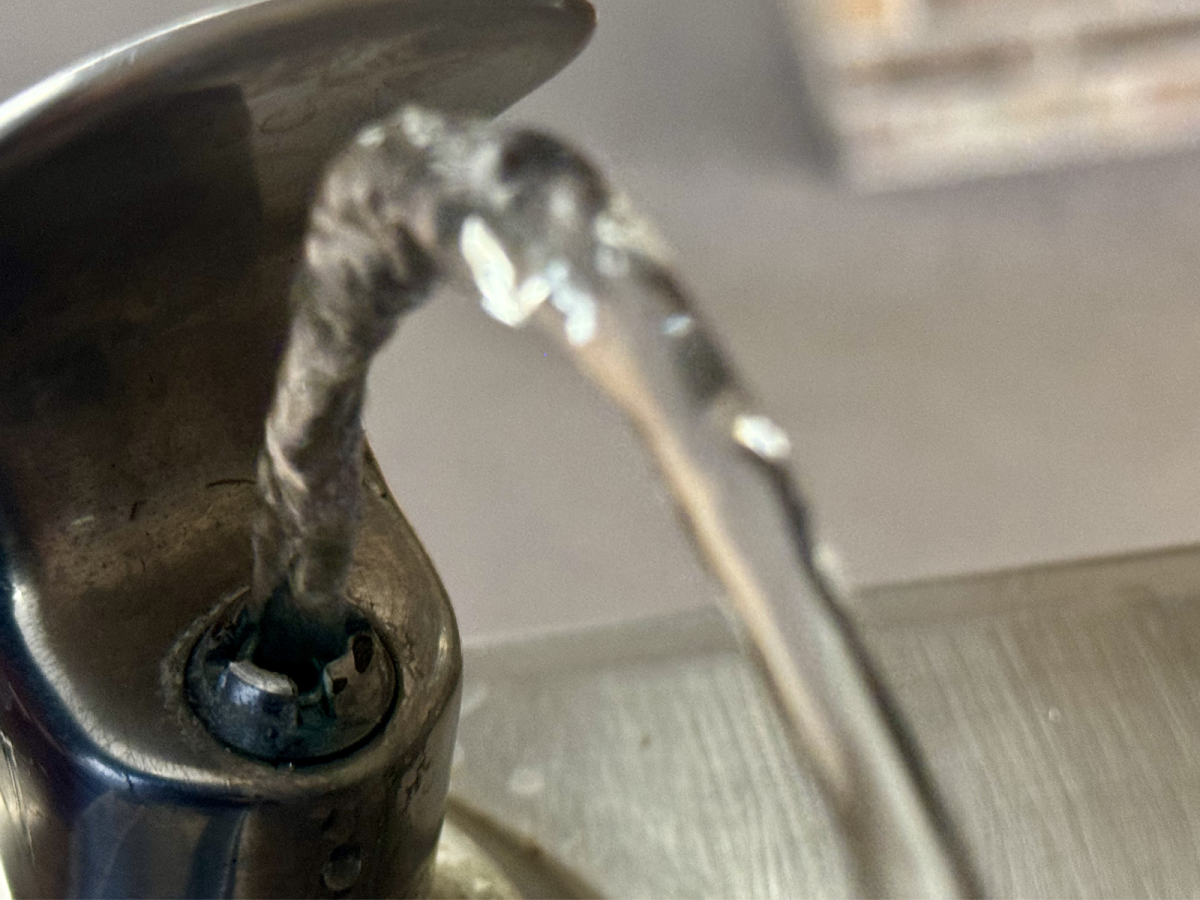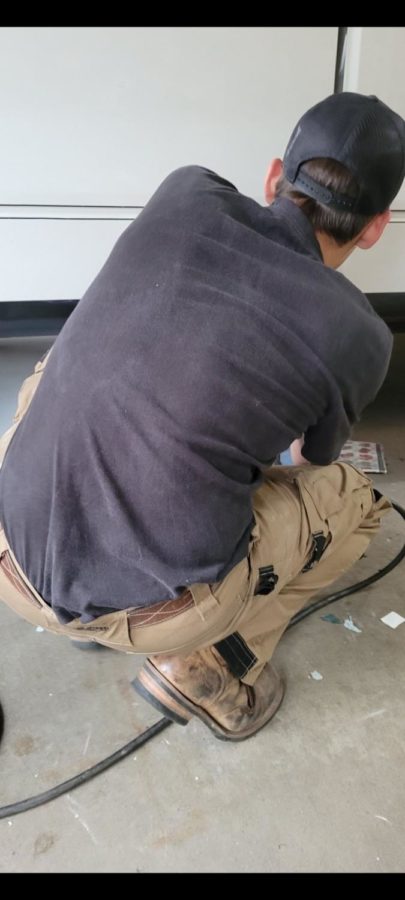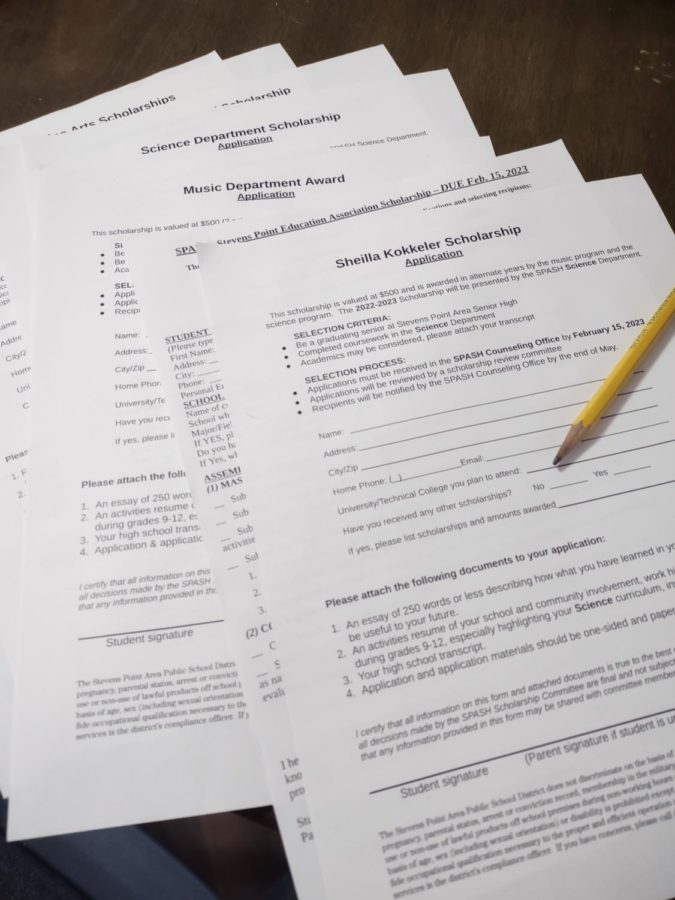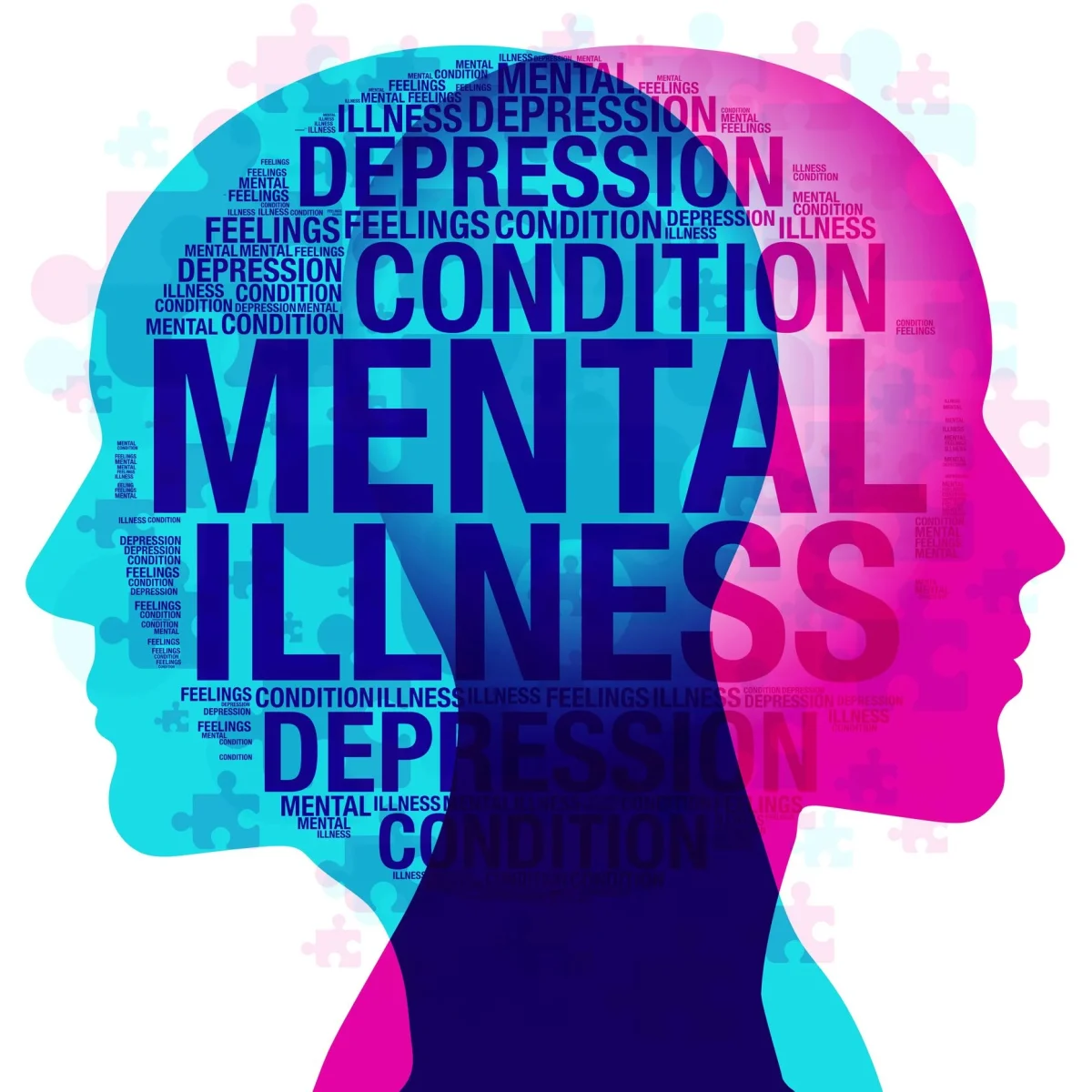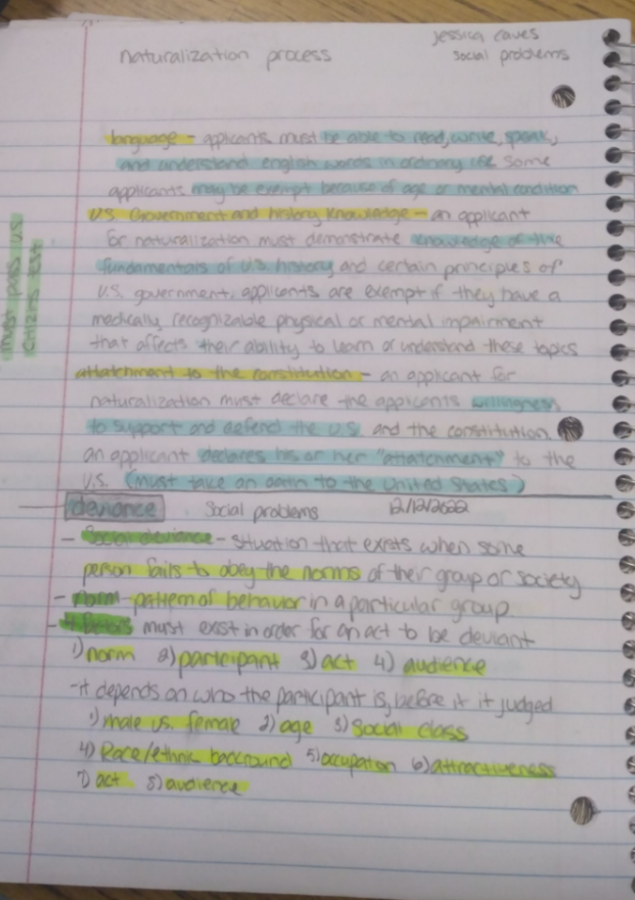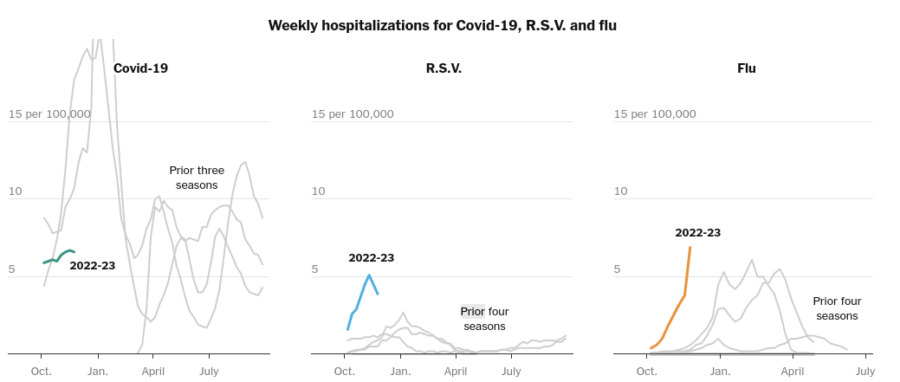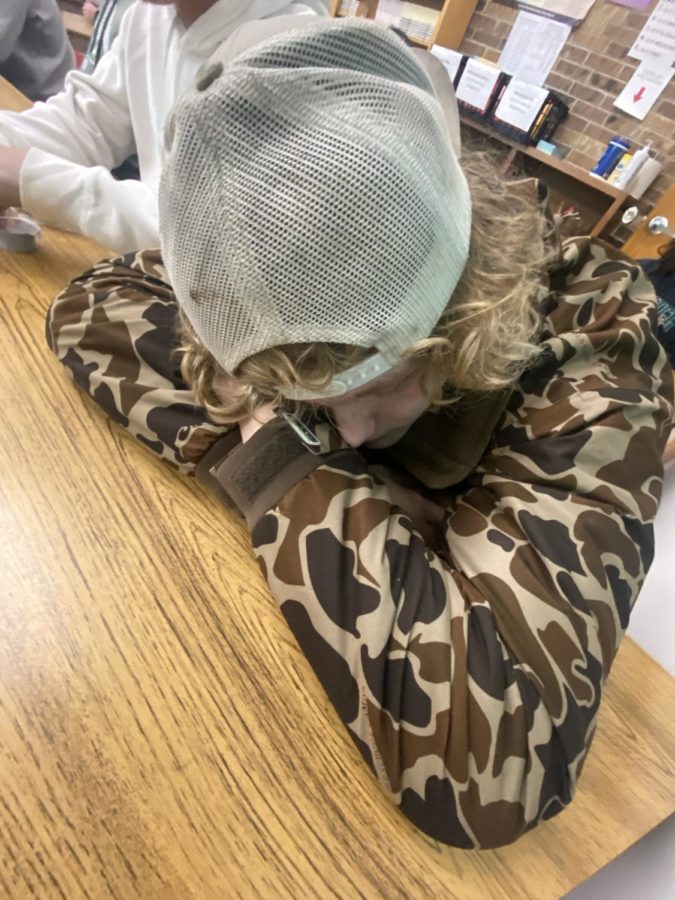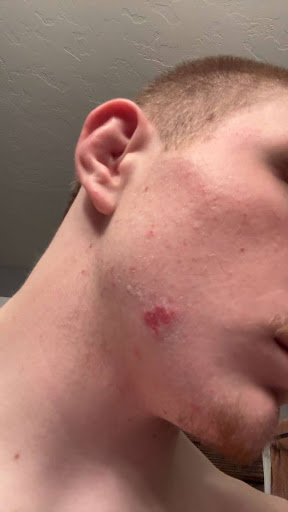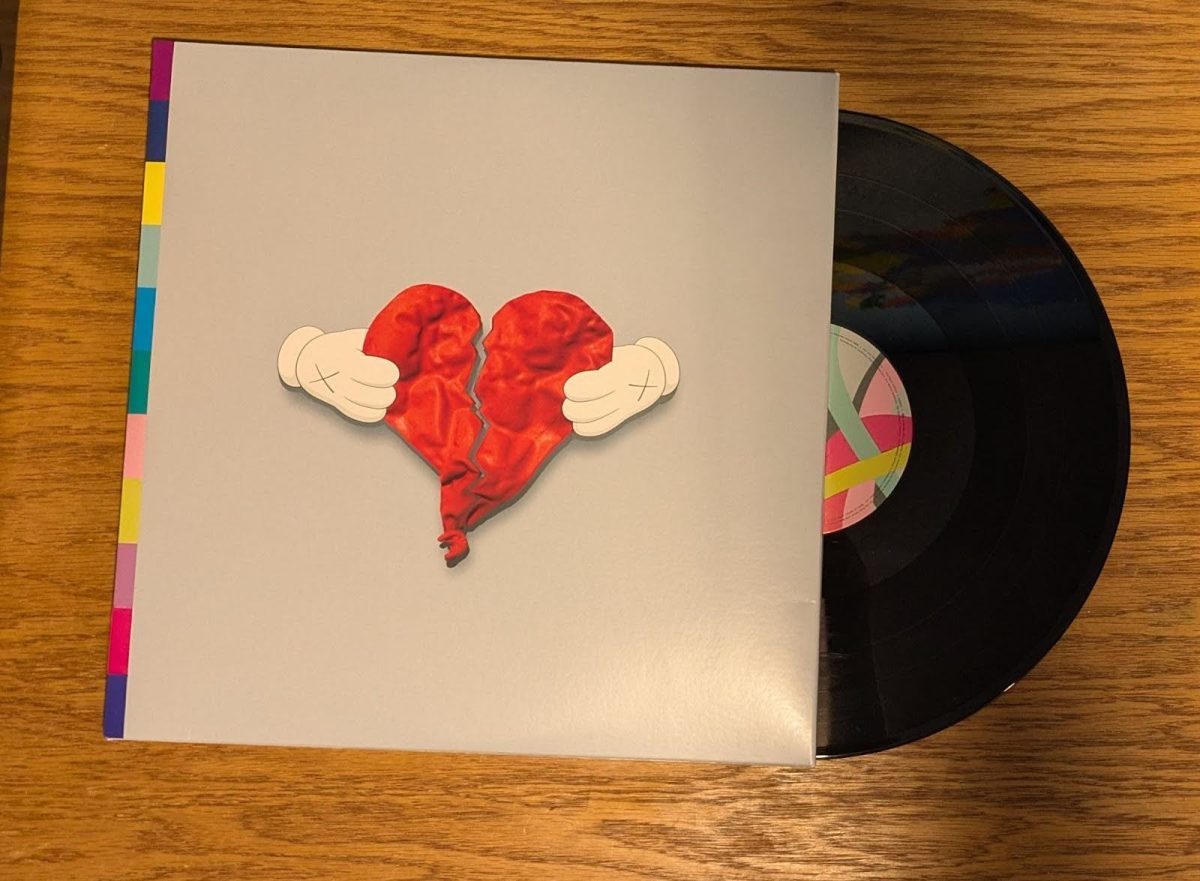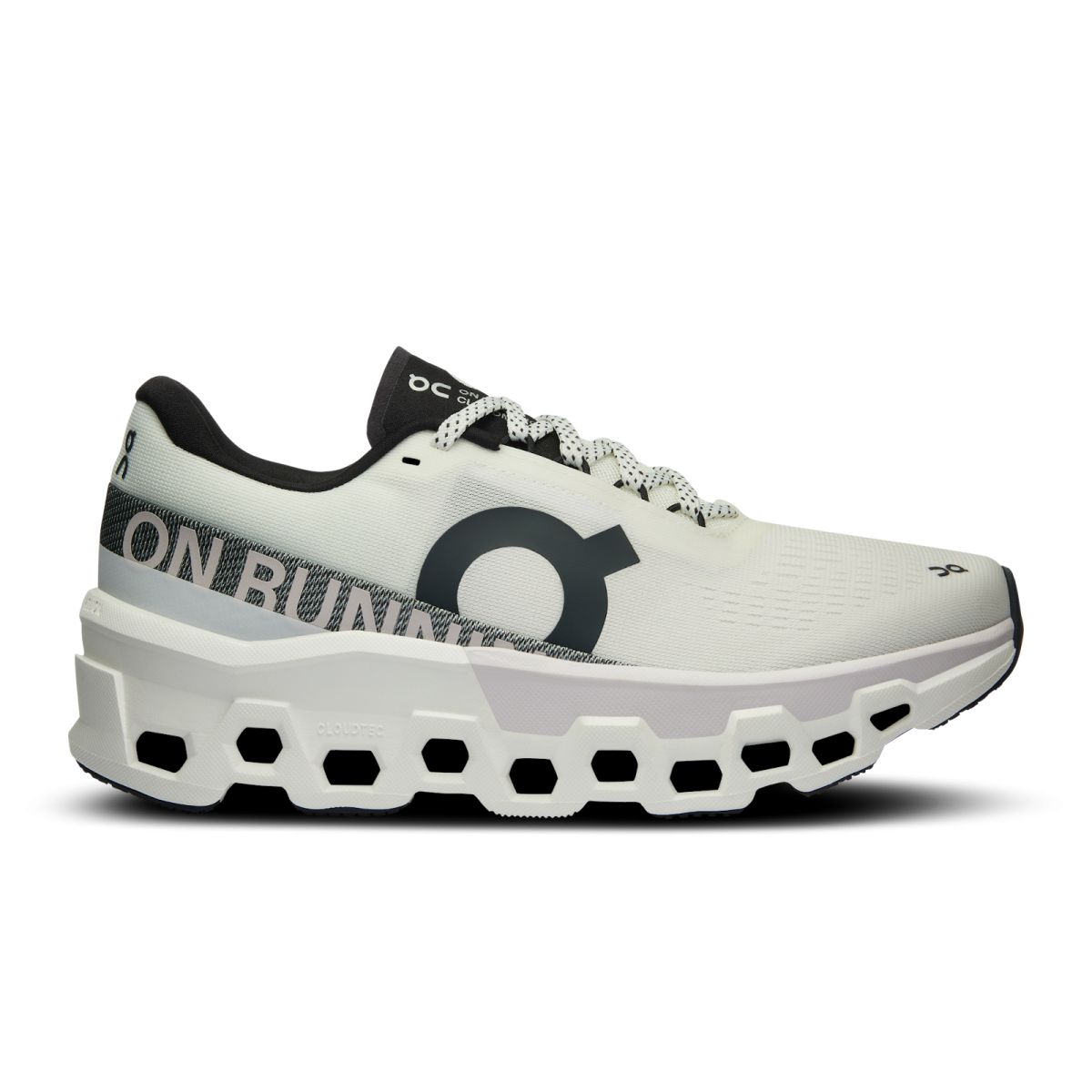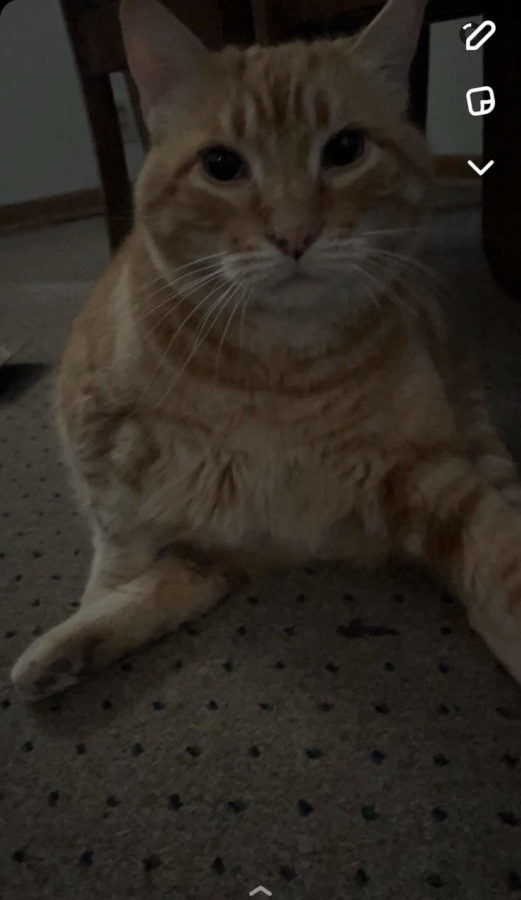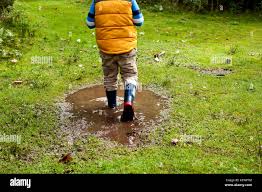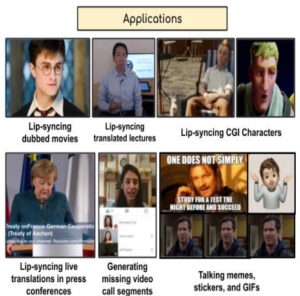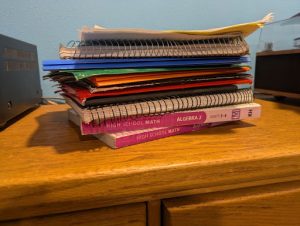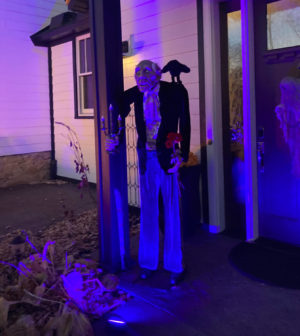Anxiety Management
October 24, 2018
By WILLOW KLUCK
The Mirror reporter
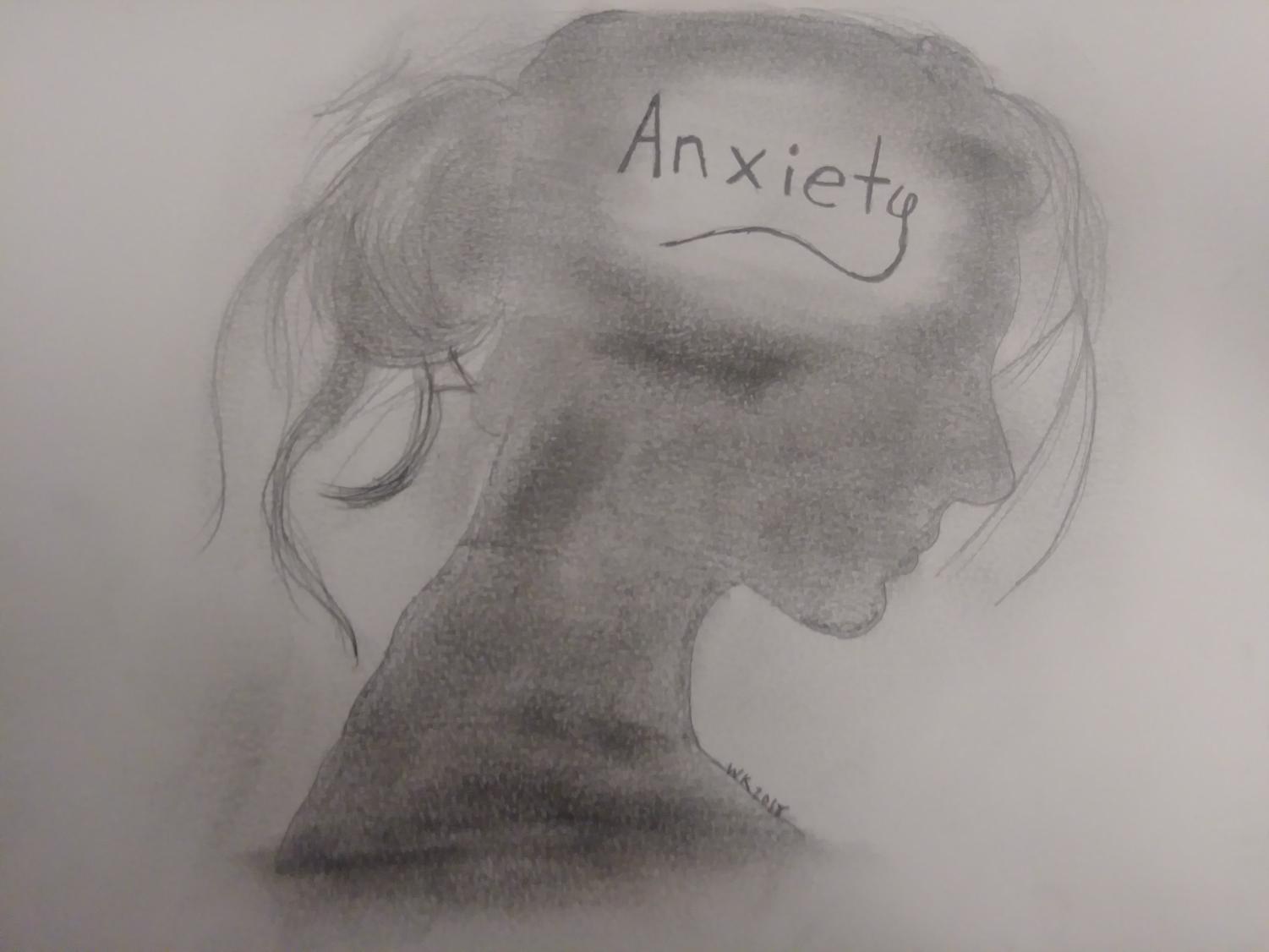
What is anxiety? According to MedicalNewsToday, the American Psychological Association (APA) defines anxiety as “an emotion characterized by feelings of tension, worried thoughts and physical changes like increased blood pressure.”
Anxiety disorders affect 40 million people in the United States and are the most common group of mental illnesses in the country. It is important to know the difference between normal feelings of anxiety or an anxiety disorder that requires medical attention.
Most anxiety disorders can be classified into seven main types. According to MedicalNewsToday, the seven types are generalized anxiety disorder (GAD), panic disorder, phobia, social anxiety disorder, obsessive-compulsive disorder (OCD), post-traumatic stress disorder (PTSD) and separation anxiety disorder.
People may think they are the only one at Stevens Point Area Senior High (SPASH) who suffers from stress or anxiety they are wrong. Many people suffer from the same thing and have no idea how to cope with it. Here are some ways two students from SPASH deal with their anxiety.
A 15-year old female sophomore said, “I like to color, run and read when dealing with anxiety. All in all, to me, laughter is the best medicine.”
A 16-year old transgender junior said, “I fidget a lot or try to distract my mind with stimuli, like music or visual puzzle games.”
Dealing with anxiety is not always the easiest thing to do. Here are some helpful tips to manage anxiety and stress. The Anxiety and Depression Association of America (ADAA) has categorized the tips into three sections and each section has four or more tips.
Another place to find some tips on how to deal with stress is from Psychology Today. This website has 22 different ways to control and manage your anxiety. For example, deep-breathing is one of the first on the list.
“There are many reasons as to why someone would get anxiety. Each person has their own triggers as well. A good way to help with anxiety is deep breathing and to find your own triggers, therefore, figuring out what you can do to help.” A retired therapist Jennifer Wiser said.


